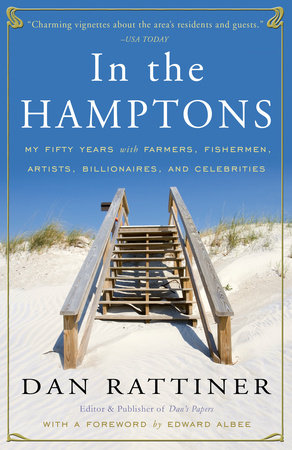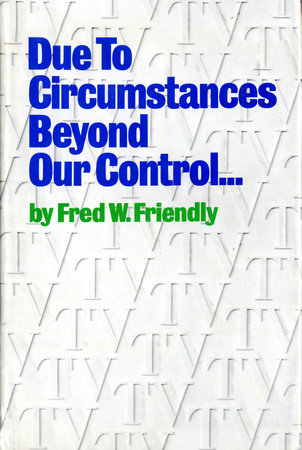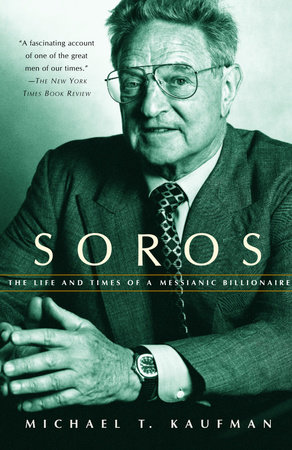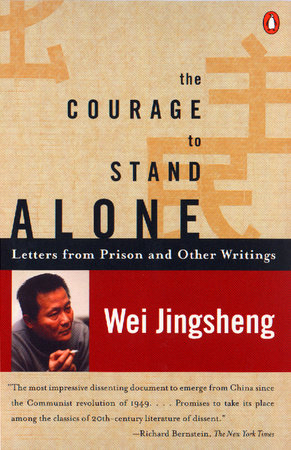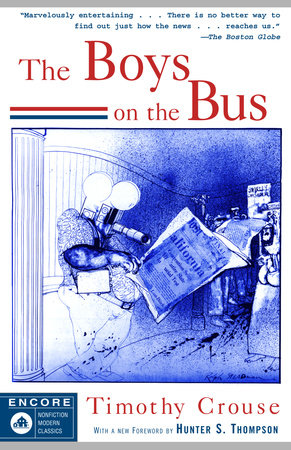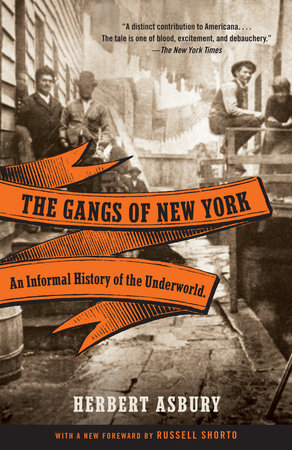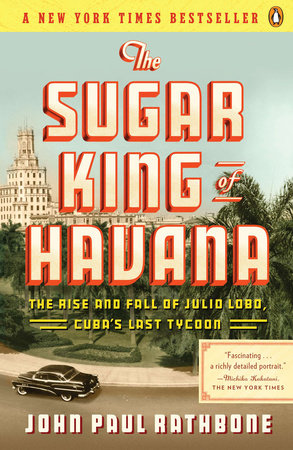A Conversation withSTEVEN WATTSQ: What do you think Henry Ford is best remembered for? A: Ford is usually remembered as the man who put America, indeed the world, on wheels by mass-producing and mass-marketing the Model T as an affordable car for common people. My book argues that this achievement, however, was rooted in a less recognized, but more crucial role filled by Ford: the visionary who first articulated a view of America as a consumer society of abundance. Drawing upon his populist impulses and adopting the persona of the modern, mass-culture celebrity, he created a blueprint for the modern United States that made material self-fulfillment the central element in its pursuit of happiness. For this reason, Henry Ford, more than any other individual, served as the architect of the American Century.Q: You’ve written a book about Walt Disney, and your next subject will be Hugh Hefner. How does Henry Ford fit in with these other icons of the 20th-century?A: Ford was perhaps the leading American architect of a modern culture of consumer self-fulfillment. His vision of a society dominated by abundance and leisure rested, of course, on the automobile as an affordable vehicle. Later, figures such as Disney and Hefner expanded this vision, with the former articulating a sentimental vision of entertainment and the latter a vision of physical and material self-fulfillment. All three, I believe, represent stages in this important historical development.Q: Considering he used his own image and character as a folk hero early on to advertise the Model T automobile he was bringing to the masses, just how effective a marketer was he? A: Ford was a brilliantly effective marketer throughout his career. While largely eschewing advertising—an expression of the old-fashioned side of his personality—he used his folk hero image to boost his company and his automobile. Early on this surfaced in terms of his successful racing endeavors with Barney Oldfield; a bit later it came with publicizing his anti-monopoly victory in the Selden Suit; even later with promotion of the Five-Dollar Day and his status as friend of the working man. Such strategies successfully linked his celebrity to his product.Q: Considered a genius of a businessman, what techniques of standardization did he actually implement that would change industrial manufacturing? A: Ford pioneered two developments that revolutionized industrial manufacturing. First, he and his managers developed the “assembly line” at the Highland Park factory in the early 1910s. This technique allowed for an enormous boost in productivity that, in turn, allowed him to dramatically lower the price of the Model T and make it affordable for common people. Second, in the early 1920s he made the principle of “vertical integration” into the keystone of his enormous new River Rouge factory. This created a process wherein the entire process of creating an automobile—from raw material to finished product—took place at one facility. Vertical integration brought massive economies of scale and, once again, allowed Ford to lower prices on his cars for consumers.Q: By the mid-1910s, he was one of the most famous and publicized figures in the US, and celebrated by journalists everywhere. Was the praise he received in the press all that accurate or was it overblown?A: By the 1920s, Ford had become a larger-than-life celebrity whose every move and thought was publicized by the press. He, of course, encouraged this creation of the image of a modern folk hero. As is the case with all celebrities, a portion of the publicity was wildly overblown. At the same time, unlike the situation with many celebrities, the praise rested on a solid foundation of genuine achievement. The American people had both an appreciation and an understanding of Ford’s role in putting the country on wheels and fundamentally changing their lives for the better.Q: What kind of world view inspired his quite dramatic wage increase for workers to $5 a day? A: The Five-Dollar Day reform move reflected two central impulses in Ford. First, it embodied his populist sensibility, which held that the well-being of ordinary Americans was a paramount consideration in social and political policies. Second, it embodied his far-reaching insight that a dynamic modern economy demanded large-scale consumption. As one of his lieutenants, Charles Sorensen, once commented, Ford understood earlier than anyone that “the wage earner is as important as a consumer as he is as a producer; and that enlarged buying power by paying high wages and selling at low prices is behind the prosperity of this country.” Put more crudely, Ford wanted to guarantee that his workers could afford to buy a Model T.Q: Henry Ford seems to have been a man of many contradictions: a man of the people who wanted to help is fellow man and yet led an anti-Jewish crusade at one point. What was the most striking contradiction you found in his character?A: Perhaps the central contradiction in Ford’s character was the clash between his democratic, populist social views and his rather authoritarian personal style. Throughout his life, Ford maintained a belief in the values, judgment, and goodness of ordinary, working Americans. He cherished their opinions and sought their well-being. At the same time, however, Ford tended to run his company with an iron hand, making all important decisions, taking credit for all important achievements, and resisting input from anyone in his organization. He seemed unable to translate his democratic sensibility, which was genuine and deeply-felt, into the personal terms of his own life.Q: Who were The Four Vagabonds?A: In the late 1910s and 1920s, Ford became part of The Four Vagabonds, a group that also included three friends: inventor Thomas Edison, industrialist Harvey Firestone, and naturalist John Burroughs. Their yearly camping trips became a magnet for press attention. Traveling about through rural areas in various regions of the country, the “gathering of geniuses” attracted tremendous attention as they underlined the attractions of wide American spaces and popularized the leisure activity of camping in the wilderness. Q: Was his wife, Clara, an important influence, when it came to things such as his decision to run for President or his refusal to negotiate with the United Auto Workers?A: Clara Ford, while fully endorsing the old-fashioned notion of woman as wife, homemaker, and mother, occasionally played an important role in her husband’s public affairs. In the early 1920s, perhaps understanding her husband’s weakness better than he did, she firmly squelched any intention he might have had to run for President. Over a decade later, at the height of his bitter labor wars with union organizers, she threatened to leave him if he did not end the bloody standoff with the unions and negotiate a settlement with the United Auto Workers. In both cases Ford acceded to her demands.Q: Ford had a rather complicated relationship with his son, Edsel. Why did he often try to defeat his son in business—was it to do with their “class” differences?A: Ford’s difficult relationship with his only child, Edsel, was rooted in his need to dominate others. Completely dedicated to his own values and view of the world and insensitive to the great emotional costs involved, he sought to remake his son in his own image. From Edsel’s adolescence and on into adulthood, his father strove to making him tougher, more competitive, and less elitist in his interests. In the process he undercut the son’s authority at the Ford Motor Company and ran roughshod over his interests in art, architecture, design, and the finer things in life. Here a “class” element entered the picture. Perversely, Henry really wanted Edsel to rebel against his authority and assert himself. But the son, who adored his father, only withdrew in the face of such domineering pressure and internalized the tension. It was a very sad situation that culminated in Edsel’s tragic death from stomach cancer in his late forties.Q: What explains Ford’s great popularity during his lifetime?A: A key source of Ford’s tremendous popularity—indeed, of his folk hero status—lay in the unique way he was able to mediate historical change for Americans. On the one hand, he stood at the cutting edge of modern society with his notions of consumer abundance, mass production, and technological advancement. On the other hand, he continuously expressed great respect for the past through his building of Greenfield Village (a reconstruction of American small-town life in the 1700s and 1800s), creation of the Henry Ford Museum (which lovingly collected material artifacts from America’s pre-industrial past), and his great love for American folk dancing (which he practiced and funded with great enthusiasm). For an audience in the early 20th century often traumatized by the tremendous rate of change in their lives, Ford’s ability to maintain a balance between endorsing modern innovation and maintaining respect for tradition proved very soothing. It contributed greatly to his beloved status among ordinary Americans.






